Following up on the very popular Dream Crazy commercial starred by Colin Kaepernick, Nike just released the new women-oriented Dream Crazier commercial narrated by Serena Williams. The ad focuses on women in sports and all of the moments considered “crazy” by some, but monumental from the perspective of achieving equal rights for men and women.
The reactions
It features many women who have experienced their sports efforts to be perceived as “hysterical”, “irrational” or “dramatic”. From coaching an NBA team to “winning 23 grand slams, having a baby, and then coming back for more”, it encourages women to dream big and achieve bigger.
The goal of inspiring women across the world seems to be achieved. Let’s take a look at some of the reactions to the ad:
The analysis
Dream crazier was premiered during the Oscars and soon went viral. After just one day, the commercial garnered over 6 million views on YouTube and more than 28 million on Twitter.
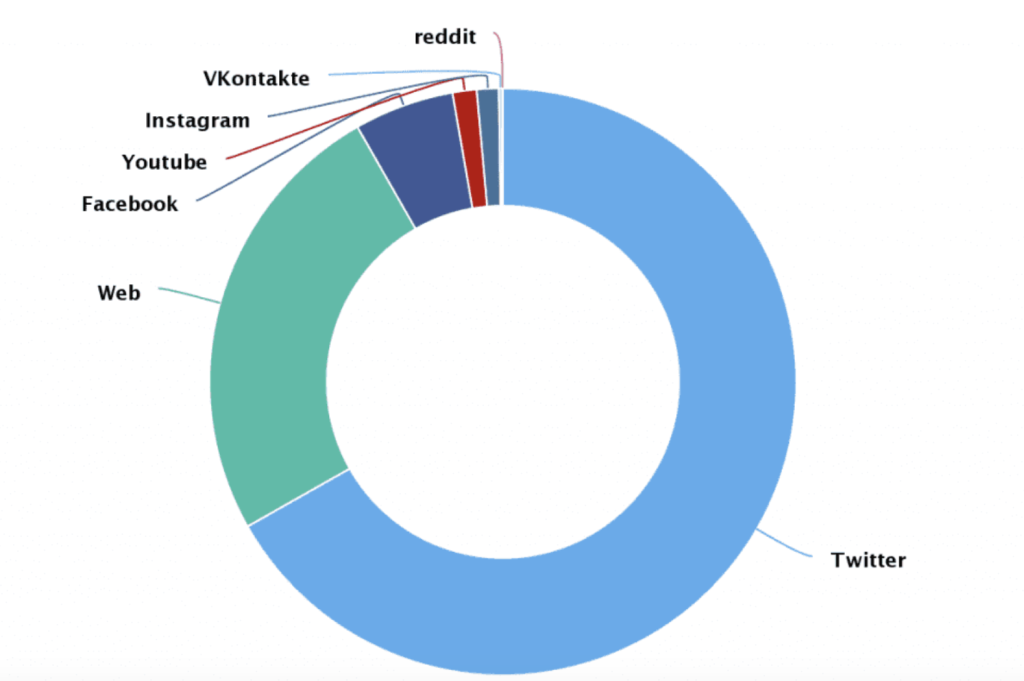
The majority of mentions were or Twitter, followed by Web and Facebook, and the overall reception was predominantly positive.
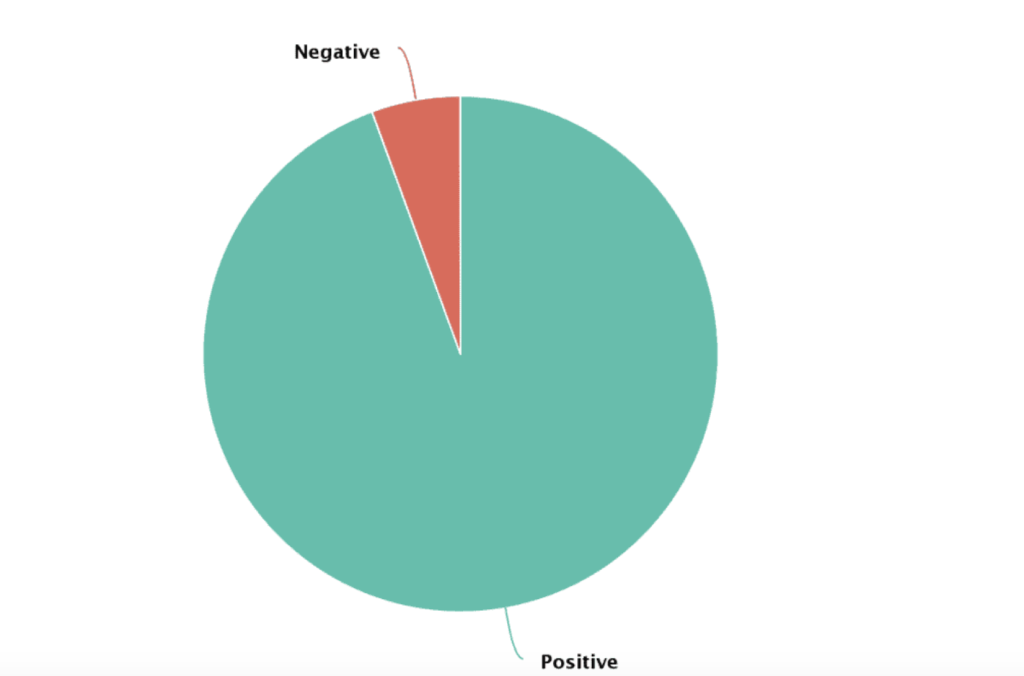
Nike’s official hashtag #justdoit is also the one accompanying the newest ad. Since the 24th of February, the release of the commercial, the phrase was mentioned over 15 000 times.
It is more than a 2261% increase in comparison to the period before. It has reached more than 600 million people on the Internet, with the majority of chatter about it being on Twitter.
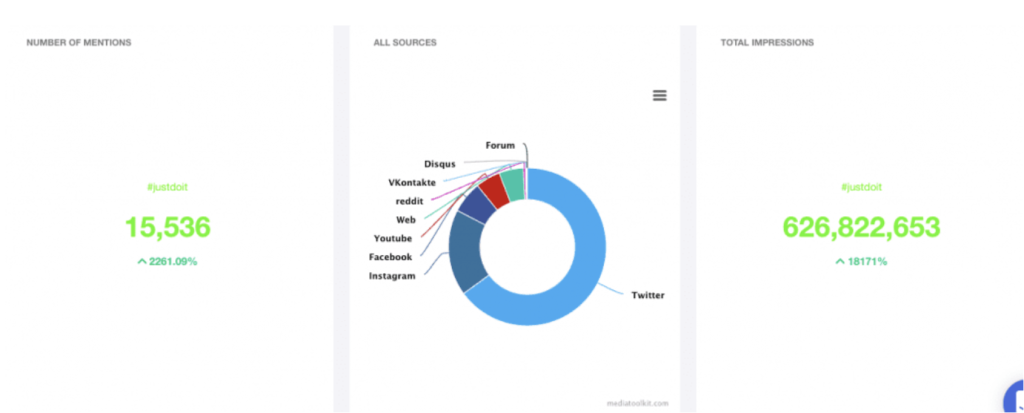
The total number of mentions of the brand has also increased. After the release of the Dream crazier commercial, the overall sentiment of “Nike” mentions has become very positive.
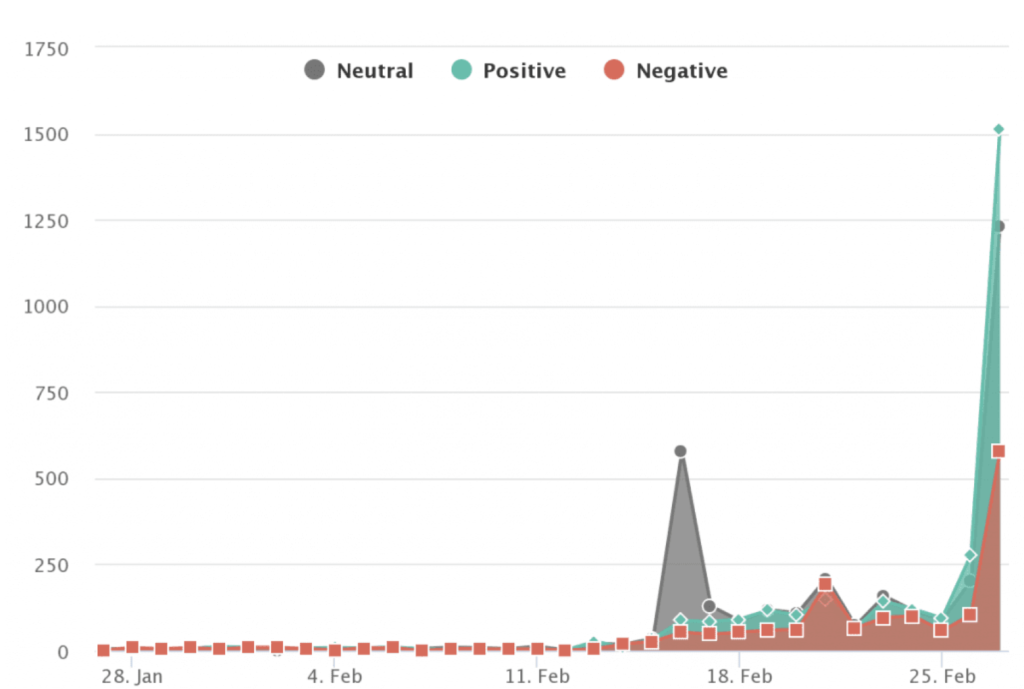
The choice of protagonists
While on the subject of marketing, Nike was highly praised for its recent efforts. Their ads were often described as “empowering” and “a must-watch”. But, other than building a positive brand image, Nike’s campaigns often exceed marketing itself.
The brand is known to send strong social and political statements and take a side in some very talked-about situations. For instance, Nike featured Colin Kaepernick in their campaign after his kneeling protests against police brutality before NFL games.
South African athlete Caster Semenya is one of the protagonists of Dream crazier, in the midst of her case against the International Association of Athletics Federation (IAAF). She appealed after the IAAF argued her naturally high occurring high levels of testosterone gave her an unfair advantage over her rivals.
Serena Williams narrating the commercial seems like the logical choice as she herself had a fair share of gender bias in sports.
The most recent situation was last September’s Grand Slam when Williams competed for her 24th title against Naomi Osaka. She lost the match after being handed three code violations and a dispute with the umpire Carlos Ramos.
The renowned tennis player called out his behavior with belief that the same wouldn’t have happened if she was a male athlete, and that it led to her loss.
The other side of the medal
And while empowerment and gender equality seem to be in focus, there is a small number of comments that question Nike’s ethics. Specifically, the conditions in which their garments are made.
It can often be heard that many brands underpay their workers and even employ children to produce their products.
Some people state that brands such as Nike, Starbucks, and Gillette milk social justice causes to boost sales. Reportedly, Nike earned 6 billion dollars off of the Kaepernick commercial, even after the ad caused people to boycott the brand. Seems familiar?
The comparison with Gillette
Gillette’s The Best men can be campaign seems to be very reminiscent of the Nike ads. Many even say that Nike’s campaign is what Gillette’s should have been.
This whole marketing based on social issues and values really kicked off after Nike’s Kaepernick ad. Gillette decided to ride that wave. So, how do they compare?
Gillette announced its campaign as a first step towards changing the general company policy. The customers weren’t satisfied with such a change, calling it hypocritical.
The prior policy was praising many unacceptable social behaviors that are now (more often than not) condemned. The company painted them as manly and desirable.
Such a dissonance in values didn’t sit right with a part of the audience, and they expressed their dissatisfaction by a boycott. #boycottgillette made up more than one-quarter of the total mentions of the brand.
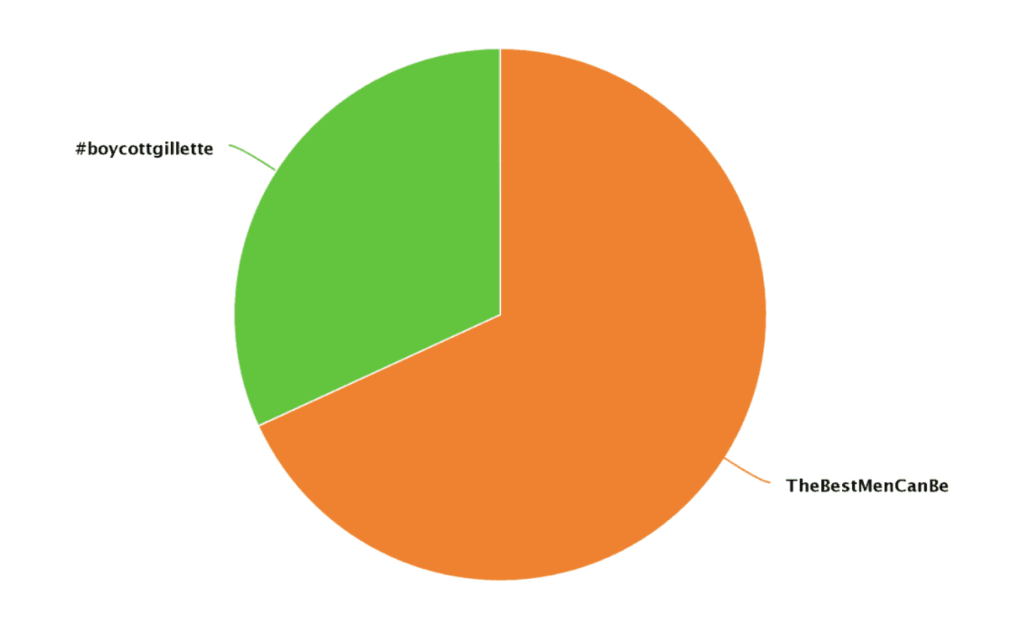
Nonetheless, the overall sentiment of the campaign was still widely positive.
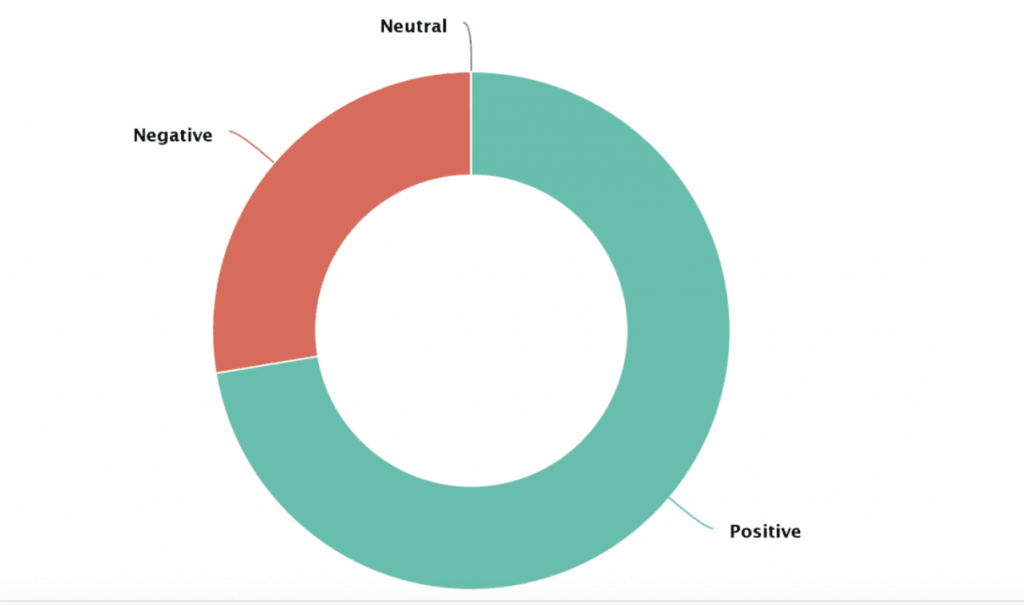
The conclusion
The issue consumers had with Gillette is that they haven’t been as consistent as Nike is. When building a brand image, it’s important to also define your company’s culture and values at the same time. If they’re not aligned with the social cause promoted or are being changed because of it, it might not seem sincere. Nike, on the other hand, has promoted and strived for the inclusion of all genders, nationalities, religions and races into sports for a number of years.
So, what are your thoughts on recent campaigns? Do you see it as an honest attempt of positive change or just as a marketing act?



